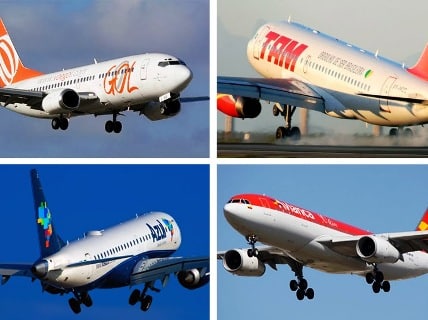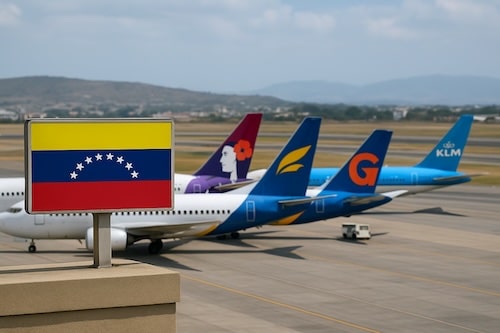
Brazil’s size, population, and economy make it an ideal place to growth.
The International Air Transport Association (IATA) found that, by October 2022, the number of domestic routes in Brazil was already 12.5% higher than it was at the same time last year. This means that aviation will continue to grow in Brazil and be a very important part of the country’s economy.
A strong Brazilian recovery
This year, the Brazilian aviation industry has seen a significant rebound in traffic levels, with LATAM Airlines, Azul Linhas Aéreas, and GOL Linhas Aéreas leading the way. Domestic travel has recovered faster than international travel, which is still behind due to lingering travel restrictions in the South American country.
According to IATA, Brazil’s domestic routes are growing rapidly, increasing by 12.5% compared to 2019. This is indicative of the country’s continued growth and potential in the coming years.
Brazil has a large airspace and population, but comparatively few travelers. ANAC Director Tiago Pereira said that air travel in Brazil is popular, but not universal. Latin America represents the greatest market opportunity for Brazilian airlines, Pereira said.
Between January and October 2022, Brazilian airlines transported a combined 65.7 million passengers. The leading airline, Azul Linhas Aéreas, transported 21.95 million passengers, followed closely by LATAM (21.86 million), and GOL (21.27 million). Together, these three carriers account for a market share of 33.41%, 33.28%, and 32.37%.
There are plenty of challenges though
Tiago Periera said that increasing demand for tickets is essential to Brazil’s full recovery from the COVID-19 pandemic. He said that reducing the price of tickets is a key way to achieve this.
We have to continue dealing with issues like judicialization and the cost of fuel, which are causing airlines to charge more and ultimately making flying more expensive.
There are other areas that need to be improved in order to make Brazil a more competitive travel destination, such as airport infrastructure and increasing the regional aviation market. Some Brazilian municipalities are still not connected, which is important for the country’s growth.
The sustainability challenge
The director of the Operations Control Center and Engineering at GOL Linhas Aéreas thinks that by 2023, we’ll need to start using sustainable aviation fuels in order to stay in compliance with the regulations.
Sustainable aviation fuels are the key to achieving carbon neutrality in the airline industry. Carbon offsetting will make up 19% of the reduction, while new propulsion technologies, such as hydrogen, will make up 13%.



